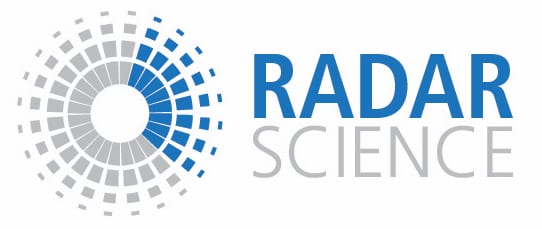” […] One of the most prominent features of these marine clouds is the transition, with increasing sea surface temperature (SST), from Sc regimes, with high coverage, to Cu regimes, with much lower coverage in the trade-wind regions (Sandu and Stevens (2011)), and then eventually to congestus and deep convective Cu over the warmer waters of the intertropical convergence zone. One such cloud type transition regime is along the transect from the coast of Southern California southwest to Hawaii and then on to the equator. These cloud regimes play a major role in modulating the tropical and subtropical atmospheric circulation and have a profound influence on the physics and dynamics of the marine atmosphere and thus on climate (Ma et al. (1996); Philander et al. (1996); Larson et al. (1999); Teixeira et al. (2011)). […]
Global weather and climate prediction models still do not accurately reproduce the transitions between these cloud regimes. […] A fundamental limitation to further progress with models has been the lack of observational data. […] Although both satellite and non-satellite observations have advanced our knowledge of MBL clouds and have been successful in evaluating biases of cloud representation in climate models, near-surface observational data over large regions of the oceans for extended periods (months to years) are needed to constrain the models and evaluate the representations of the Sc-to-Cu transition used in these models. […] ”
Zhou, X., P. Kollias and E. Lewis, 2014: Clouds, Precipitation and Marine Boundary Layer Structure during MAGIC. Accepted to the Journal of Climate.



